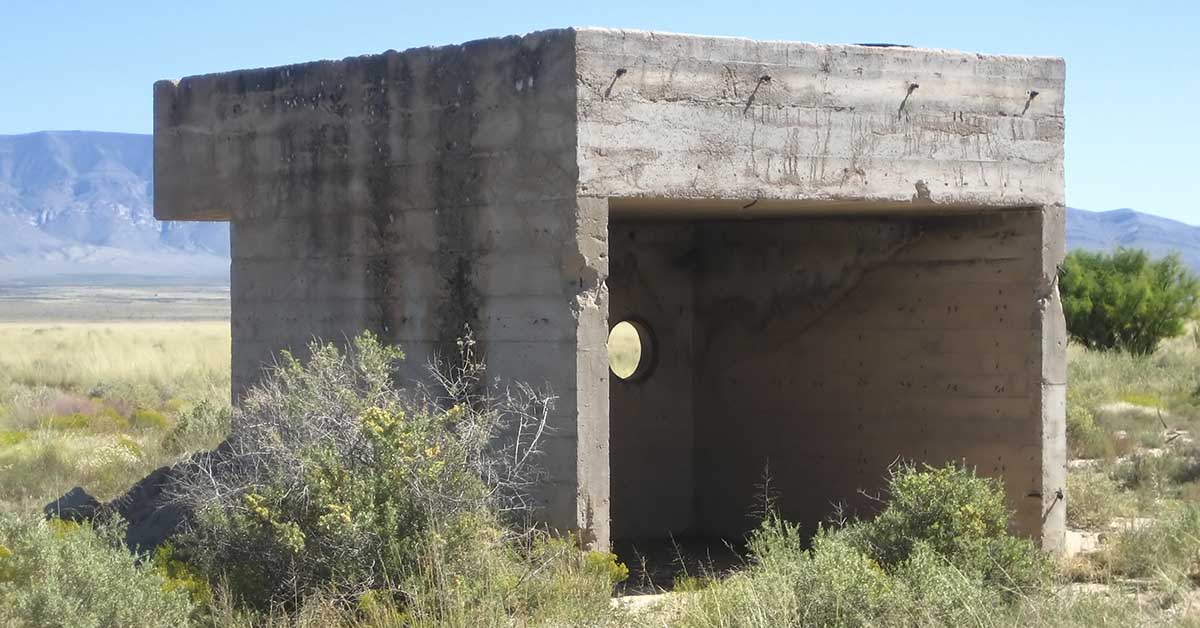TruePrepper founder Sean Gold spent months documenting hundreds of fallout shelter locations across dozens of states. His interactive maps turn dusty government archives into survival guides that work on any device with a web browser. Users can zoom into their neighborhoods and find potential nuclear safe zones nearby without downloading special software. Cold War knowledge is now accessible to everyone with internet access.
Your Post Office Might Save Your Life
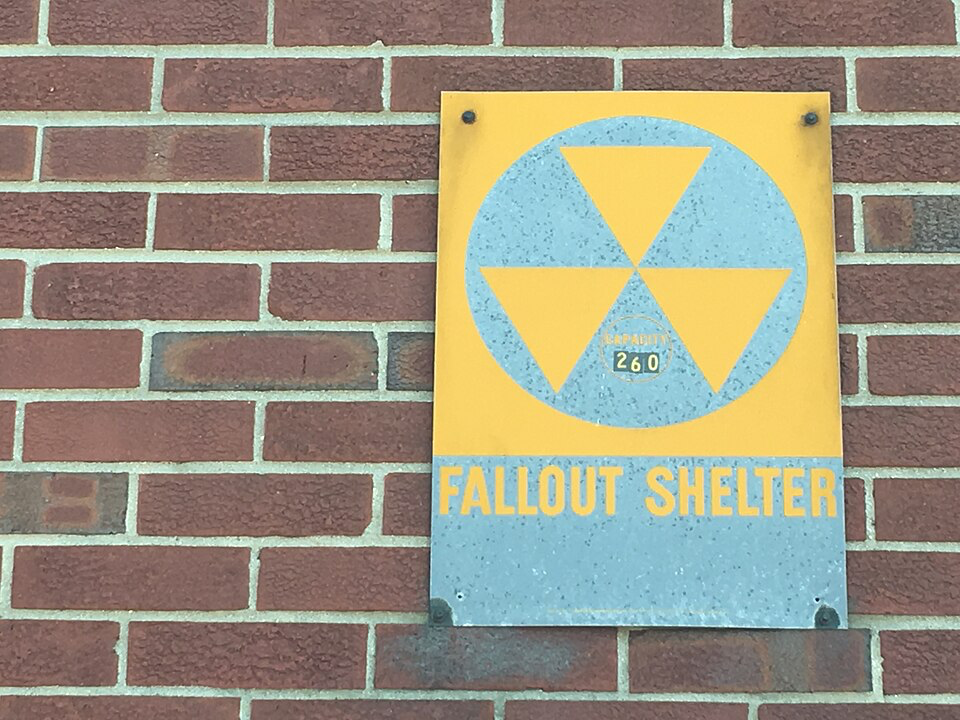
About 1,500 postal buildings were designated as official bunkers during the Cold War. These buildings provided space for 1.3 million people nationwide. The Postal Service built reinforced construction into these buildings specifically for civil defense purposes. These fallout shelter locations became so common that emergency planners stopped listing them individually on county maps. Look for older post offices with basement levels for the best protection options. Check for faded yellow and black fallout shelter signs on building exteriors. Many post offices built during the Cold War era still offer excellent radiation protection today.
Read More: Scary Simulation Demonstrates What Would Happen if a Nuclear Bomb Were to Strike a City
When Maps Come Up Empty, Cities Still Protect You
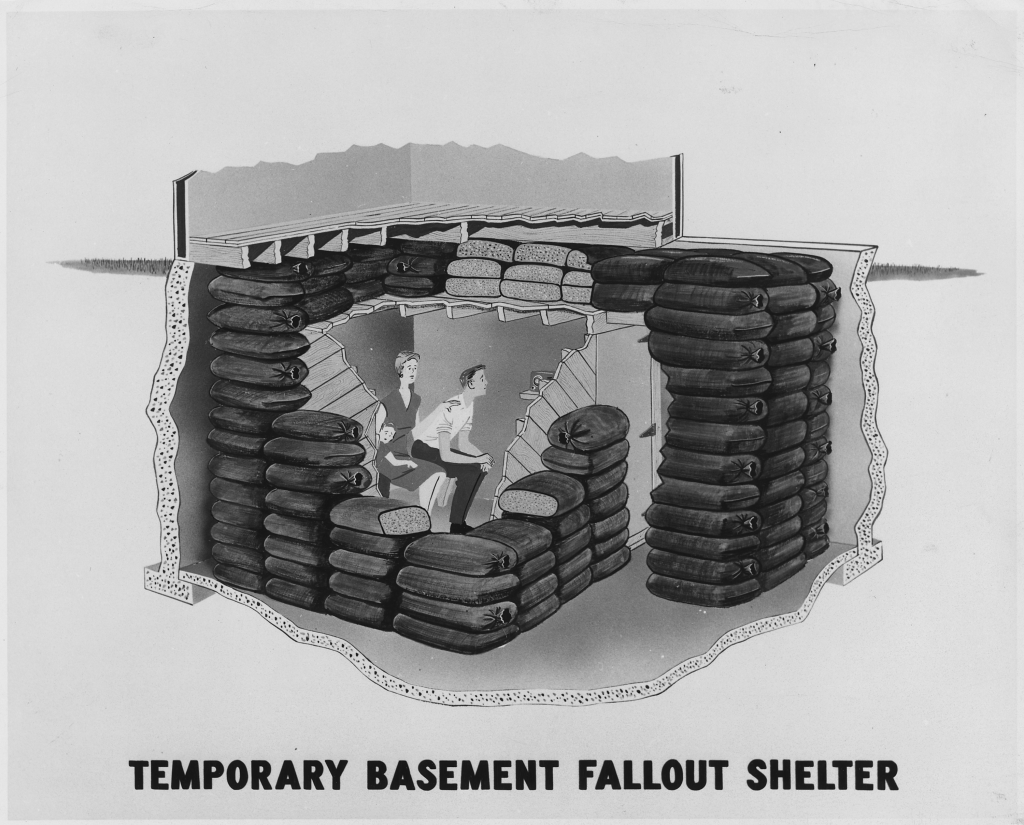
When Gold’s maps show no nearby options, basement apartments work as effective safe zones. Massive concrete office towers block radiation naturally. Even basic brick buildings provide better protection than suburban wood construction. Look for schools, hospitals, government buildings, and older commercial structures with thick walls. Natural caves offer excellent protection but may be difficult to reach quickly during an emergency. Abandoned mines provide shielding but pose safety risks from unstable structures and toxic gases. The goal is to put dense material between you and radioactive fallout.
How Fast You Must Reach Shelter Location Before Fallout
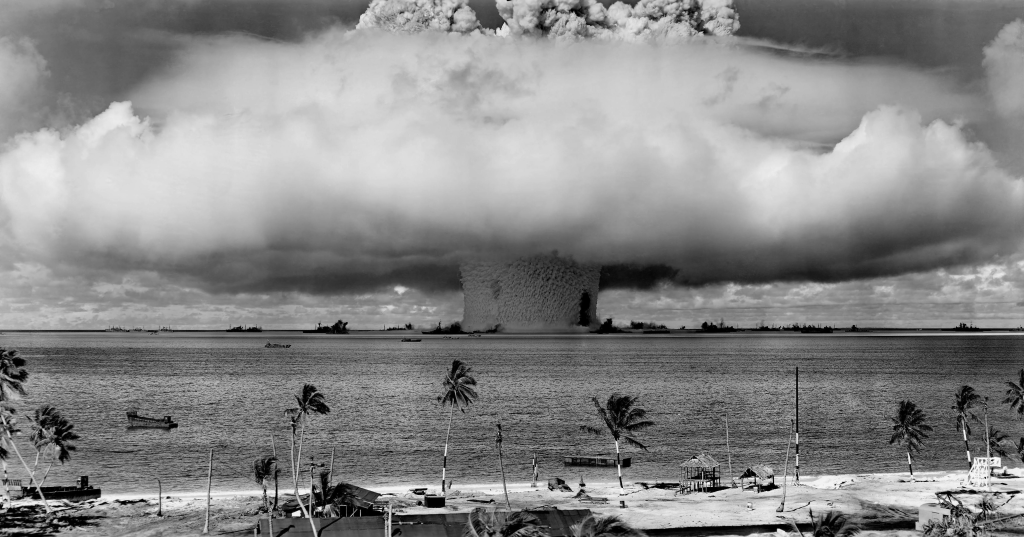
The speed depends on your distance from the explosion and wind direction, which affects whether you should head to the closest mapped safe zone or look for alternatives. If you are within a few miles of a nuclear explosion, you may only have a few minutes to seek refuge before the fallout arrives. However, if you are farther away, you may have several hours or more to find a bunker before the radiation reaches your area. The size of the explosion and weather conditions also affect timing significantly. Ground-burst weapons create more radiation than air-burst explosions. Don’t waste time traveling long distances to designated bunkers if closer protection is available.
Read More: Map Shows Impact Nuclear War Would Have on 75% of US Population
Find Local Shelters Online, But Confirm They’re Still Accessible
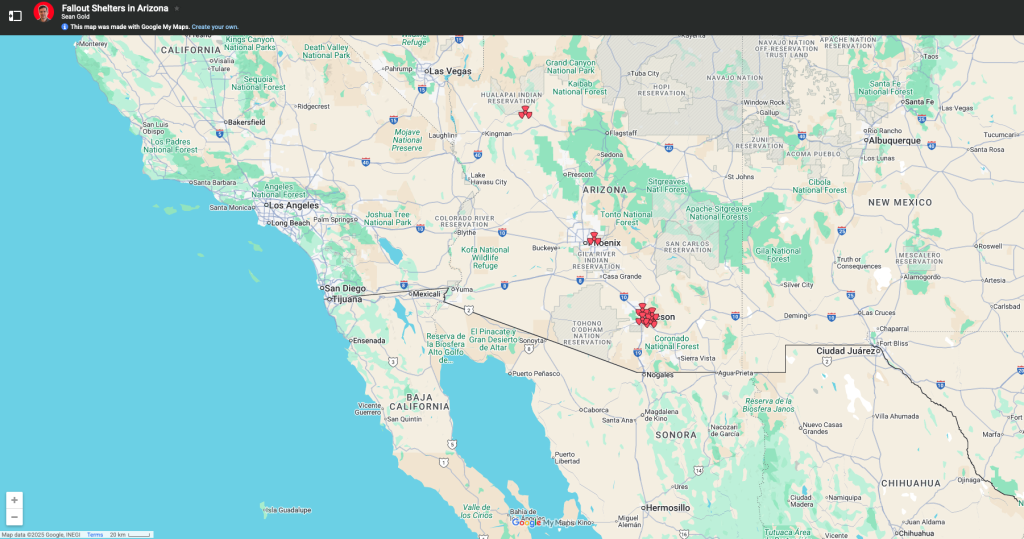
Each database lets you search by address or zoom into specific neighborhoods. Click on markers to see details about specific shelter sites. The interface shows building types, capacity estimates, and current status when available. Gold recommends verifying current conditions before making emergency plans since buildings change over time. Some locations may be locked, renovated, or demolished since the original surveys were conducted. Print backup copies of local bunkers’ information in case internet access fails. The maps remain a work in progress as Gold finds additional records and receives community submissions.
Effective Radiation Shielding: Supplies Not Included
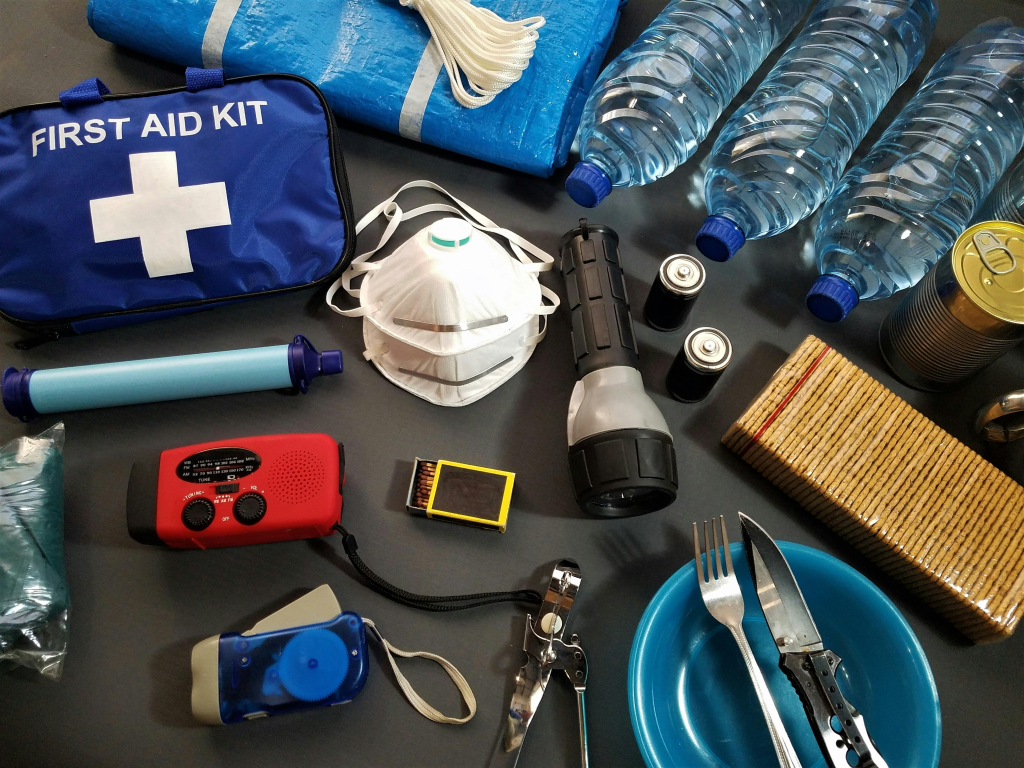
Concrete walls, steel beams, and packed earth all block radiation well. The underground spaces cut exposure to gamma radiation by roughly 80% compared to ground level. Protection effectiveness peaks during the first 48 hours when radiation is most deadly. The thicker the shielding material, the better the protection from dangerous particles. Even several feet of dirt provides enough radiation-blocking power for most situations. Multi-story buildings offer better protection on lower floors than upper levels. You need to bring your food, water, and medical supplies.
How Long to Stay Inside a Shelter
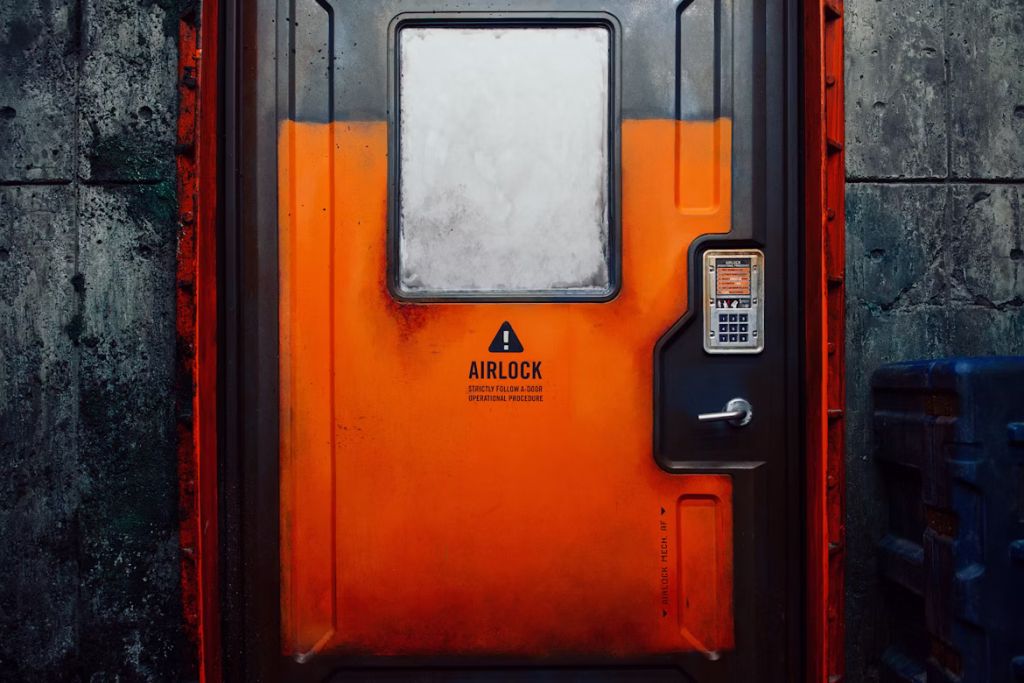
Plan to stay in your fallout-safe zones for at least 24 hours after the initial explosion or until radiation levels drop to safe thresholds. If radiation concentrations remain high, you may need to stay in your bunker for several days or even weeks. Different radioactive materials decay at different rates, affecting how long sheltering is necessary for safety. Radiation levels decrease over time, so the longer you stay sheltered, the lower your exposure will be when you finally emerge. Monitor emergency broadcasts for updates on radiation levels and evacuation orders. Listen to official instructions about when it’s safe to leave your bunker.
Read More: FBI Visits 12-Year-Old Boy Who Achieved Nuclear Fusion in His Bedroom
Coverage Varies Wildly Across America
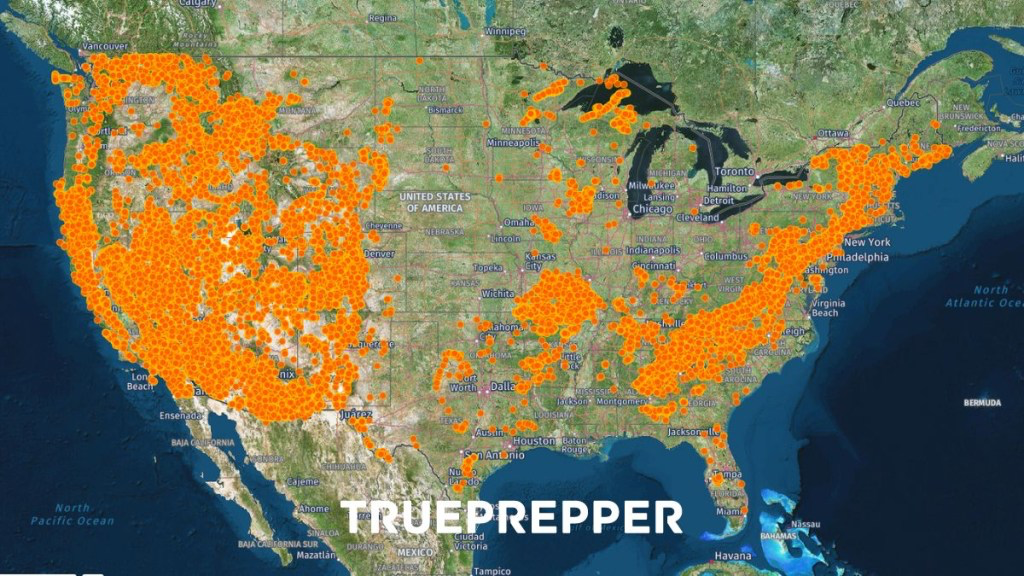
Gold completed interactive maps for 21 states plus Washington DC and Puerto Rico. New York City maintains more than 250 marked fallout bunkers across the five boroughs. North Carolina built 1,400 public bomb shelters statewide. Maryland identified close to 1,000 protective facilities, mostly in Baltimore. Michigan had over 2,000 designated safe zones in Detroit during the 1980s, though many have since been demolished. Wisconsin and Massachusetts also maintain substantial civil defense networks in urban areas. Phoenix told residents to simply drive 40 miles in any direction rather than building emergency refuges. Many rural areas and some states still lack comprehensive coverage because records were never properly maintained or have been lost over time.
Distance Often Beats Shielding
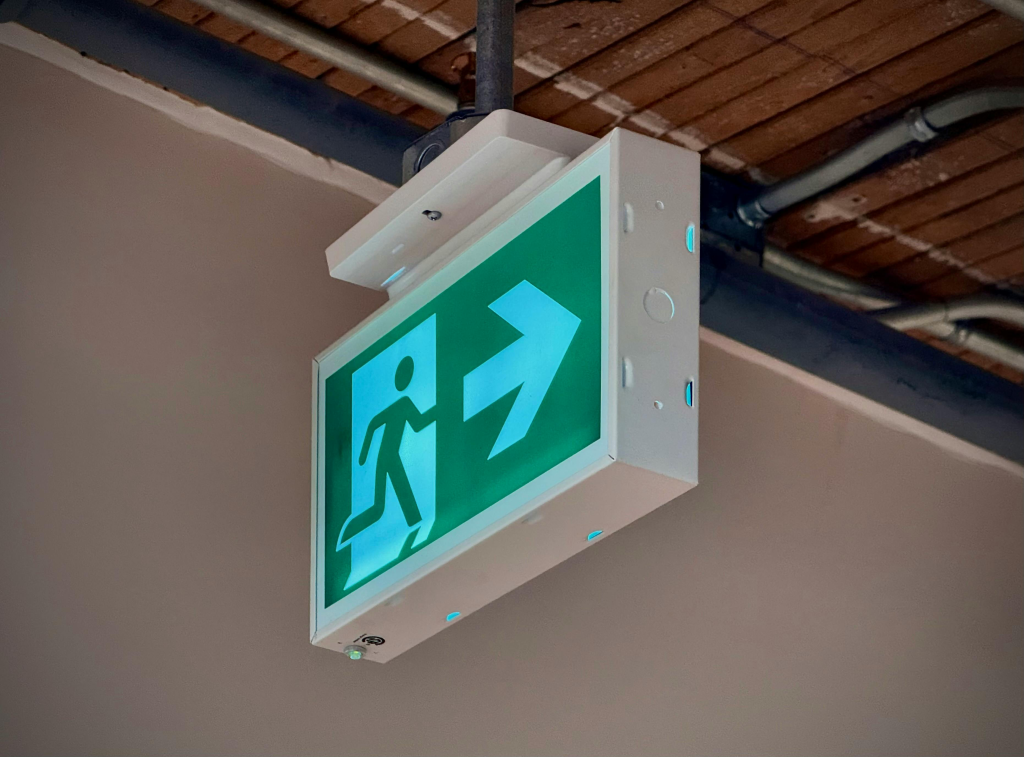
Finding a bunker location is only part of nuclear emergency preparedness. Distance often beats shielding when you have warning and clear roads. Evacuation might be safer than sheltering if you have advance notice and reliable transportation. Basic emergency supplies include plastic sheeting, duct tape, and patience. Stock water at one gallon per person per day and non-perishable food. Include battery-powered radio and flashlights for communication and navigation during extended stays. The goal is to outlast the most dangerous first 24 to 48 hours when radiation levels drop naturally.
Google Maps Brings Cold War Ghosts Back to Life
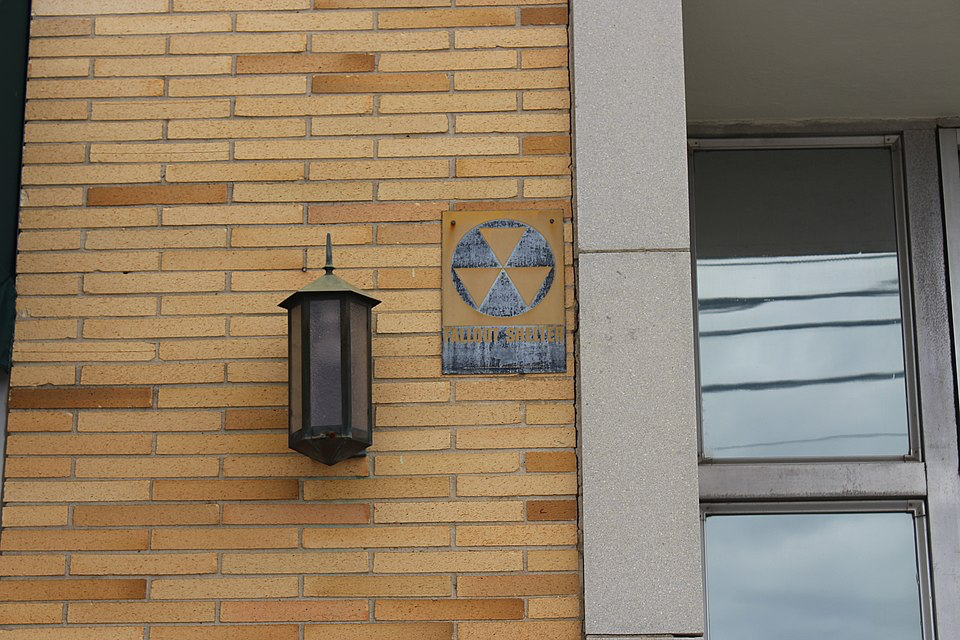
Gold’s project transforms forgotten government archives into accessible survival information. The interactive format makes planning practical for ordinary families. You can research fallout shelter locations in advance and integrate findings into broader emergency preparations. This digital preservation of Cold War infrastructure proves that decades of government investment in civilian protection remain valuable today. The maps continue expanding as more records surface and communities contribute local knowledge. Effective protection often exists nearby if you know where to look.
Read More: China Tests Non-Nuclear Hydrogen Bomb That Burns Hotter Than The Sun
